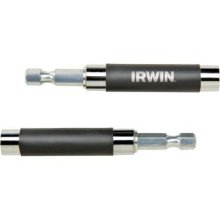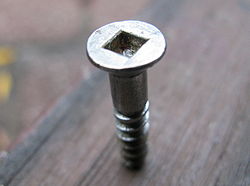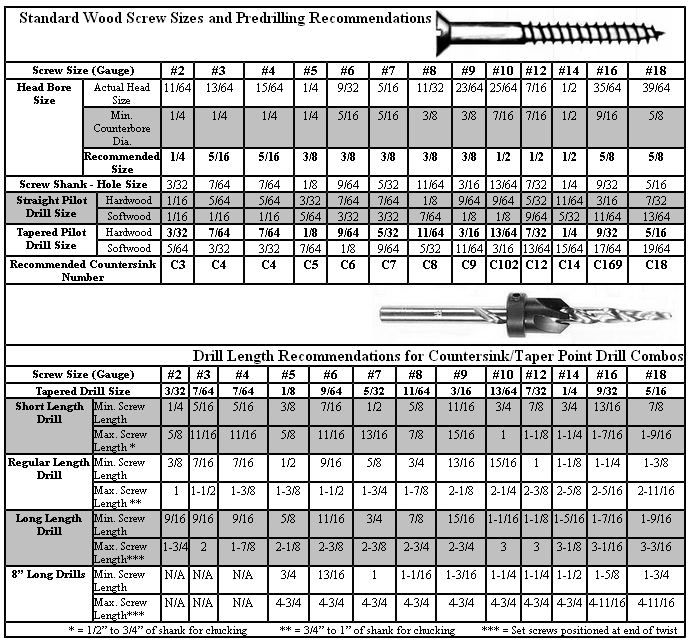Flat-head / slotted screws come in many sizes. Having a correctly-fitting bit helps a lot. Too narrow or too thin and you'll damage the head. Too wide and you'll damage the work. Too thick and it won't fit. Fingernails, coins, and knives are non-optimal. Make sure your bit is properly aligned in the the slot. Keep the drill directly in line with the screw.
Phillip's head screws are actually designed to "cam out". That is, when the screw stops turning easily, the bit is pushed up and out of the screw head. This is to prevent you from over-torquing the screw and damaging the work, screw, or bit. Unlike flat-head are discrete, #2 being the most common. Make sure you have a correct size. Keep the drill directly in line with the screw. Pressure on the drill is necessary to keep the bit in place. When the angle makes it difficult to apply pressure, set the clutch low and don't work too hard. When the clutch slips, turn the clutch up and apply more pressure to finish the work.
Pozidriv looks a lot like Phillip's, but has a subtly different shape that reduces cam-out. With clutches on drivers today, the chances of over-torquing are greatly reduced. Make sure you know if your bits and screws are Phillip's or Pozidriv. (Supadriv is very similar to Pozidrive.)
Torx, internal hex, and external hex are all easy to drive without much pressure and without cam-out. They also continue to work well if they get dirty or are painted over. I'm a big fan.
Square, aka Robertson is easier to work with than Phillip's, but not as nice as Torx & hex heads.
Good-quality fasteners are worth it. Cheap screws are more likely to break or round out the head.
If a driver bit slips out and damages the screw head, then you'll have a harder time finishing the work or removing the damaged screw. More torque means more damage if it slips, so be careful if you turn up the clutch. As soon as a screw is damaged happens, if you pull the screw out before it gets worse and replace it, you'll be better off than if you keep driving the bad screw.
An impact drill/driver makes driving screws much easier. The work turns to butter. They're also loud, a bit expensive, and can destroy your work if you're not careful.
Driving slowly lets you keep control and reduces damage when the bit slips.
Predrilling in metal / pilot holes in wood make it easier on your muscles, reduce screw breakage, reduce wood splitting, and don't reduce strength. I've heard that it may actually increase strength, but I don't know for sure. I pick a drill the size of the screw shaft.
Soap can help lubricate screws in to wood, making it easier and reducing screw breakage.




